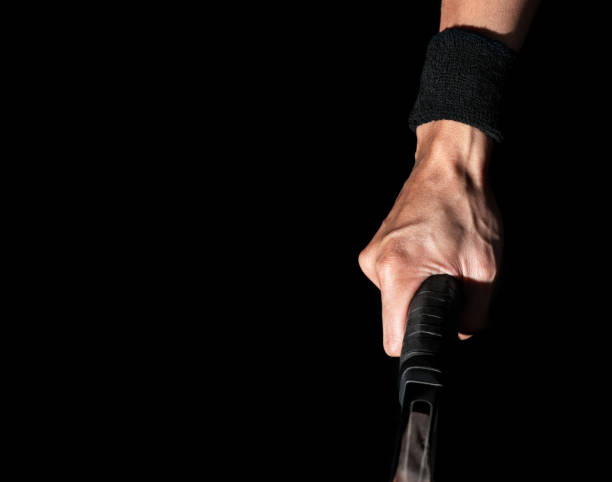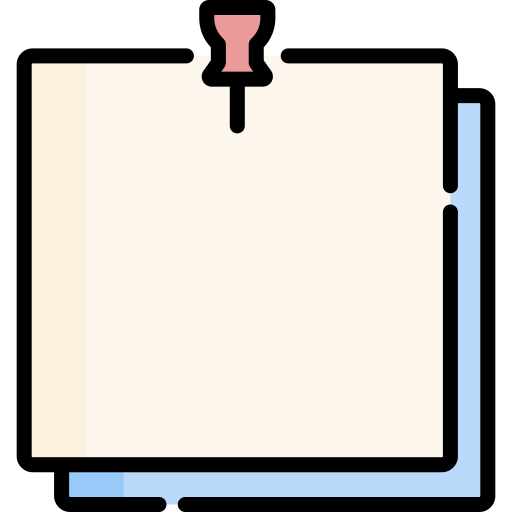Your pickleball grip, or how you hold your pickleball paddle, is a crucial aspect of your game. Your grip will affect how you strike the ball and the kind of strokes you execute on the court. Consequently, it is essential to use the best grip that compliments your playing style and highlights your favorite strokes on the court.
This post will highlight three different ways to grip a pickleball paddle for all pickleball players. Keep reading!
Pickleball Paddle Grips: The Three Different Ways To Grip A Paddle
America’s fastest growing sport has mainly three ways of gripping the paddle, which are as follows:
- Eastern
- Western
- Continental
It is necessary to learn about all types of pickleball grips—including their advantages and disadvantages—since they provide crucial information about where the ball will travel and how you can reset it for the following shot. These pickleball grips will also offer you insight into your opponents’ playing style, allowing you to target vulnerabilities in their pickleball grips. So let’s check each of them:
1. Eastern Pickleball Grips
This represents the most common grip for pickleball paddles. All novice and intermediate players on the pickleball court should utilize the standard Eastern grip. This is because the standard Eastern grip is widespread or neutral, allowing you to play both forehand and backhand shots with the same grip. In another sense, the Eastern grip is the optimal balance between the forehand and backhand shots.

Here’s how to do an Eastern Grip:
- Put your playing hand on the pickleball paddle face.
- Lower your hand until you hold the handle.
- Your hold should resemble that of a handshake.
2. Western Pickleball Grip
The Western pickleball grip is less prevalent but is still sometimes seen on courts. This grip mirrors how a pancake is flipped using a frying pan. The Western grip enhances the forehand and gives a great deal of spin, but it creates a challenging angle when trying a backhand. Consequently, players with a Western grip may strike with their backhands and forehands on the identical side of the paddle.
Here’s how to do a Western Grip:
- Put your playing hand upon the paddle’s face. Slide it down along the face until you grab the handle.
- Move the pickleball paddle about 60 to 90 degrees downwards. (Left side of the paddle face for right-handed players and right side for left-handed players.)
- Your grip must feel similar to how you would hold a frying pan.
3. The Continental Grip
The Continental grip is sometimes known as a hammer grip. This is because you’ll be holding the pickleball paddle like a hammer that’s about to strike a nail.
Here’s how to do a Continental grip:
- Begin with an Eastern grip.
- Next, bend your wrist a little counterclockwise for right-handed players or slightly clockwise for left-handed players, such that the V-shape between your thumb and index finger is somewhat to the non-paddle edge.
The Continental grip is completely contradictory to its Western counterpart. As the Continental grip somewhat favors backhands, it is tougher to target forehand strokes on the pickleball court using the Continental grip.

What’s the Difference: Overgrip Vs. Replacement Grip?
New paddles on the market tend to have better grips compared to cheaper paddles. However, even the greatest sweat-wicking grips eventually get worn out and need to be replaced eventually. This is true for practically all racquet sports.
In fact, competitive players tend to change their overgrips often as they get worn from use and sweat. It is quite simple and easy to replace your overgrip without having to alter the main paddle grips.
Here’s how overgrips and replacement grips differ:
Overgrip
An overgrip is a thin, often tacky, and absorbent grip that players apply over their existing grip to enhance its performance. Their most important function is to lessen the accumulation of sweat, which results in a greater grip on the handle.
Overgrips are relatively easy to install and are a cost-effective way to refresh and customize the feel of your pickleball paddle grip without having to replace the entire thing. They are particularly useful when the original grip starts to wear out or becomes too thin due to extended use.
Replacement Grip
A replacement grip, on the other hand, is a full grip that entirely replaces the original grip on the pickleball paddle. These grips are specifically designed to offer improved comfort, control, and performance.
Replacement grips come in various materials and designs, and they often provide more features and benefits compared to standard factory-installed grips. They are suitable for players who want a total grip upgrade or a more customized feel and performance of their paddles. Replacing the grip can also breathe new life into an old paddle, especially if the original grip was of lower quality.
Players who are not satisfied with the effectiveness of their paddle despite all the overgrips they’ve placed should consider totally replacing the grips first.
Final Words
The three different ways to grip your pickleball paddle are the Eastern grip, Continental grip and Western grip. The best grip for you is the one that best complements your technique and playing style. It should feel natural and easy in your hand when you take up your pickleball paddle.
Whether you wish to adopt your existing grip with a new grip, or explore the different pickleball paddle grips, we hope this post was able to help.
Check out our Buyer’s Guide for the Best Pickleball Paddles for Beginners!
































